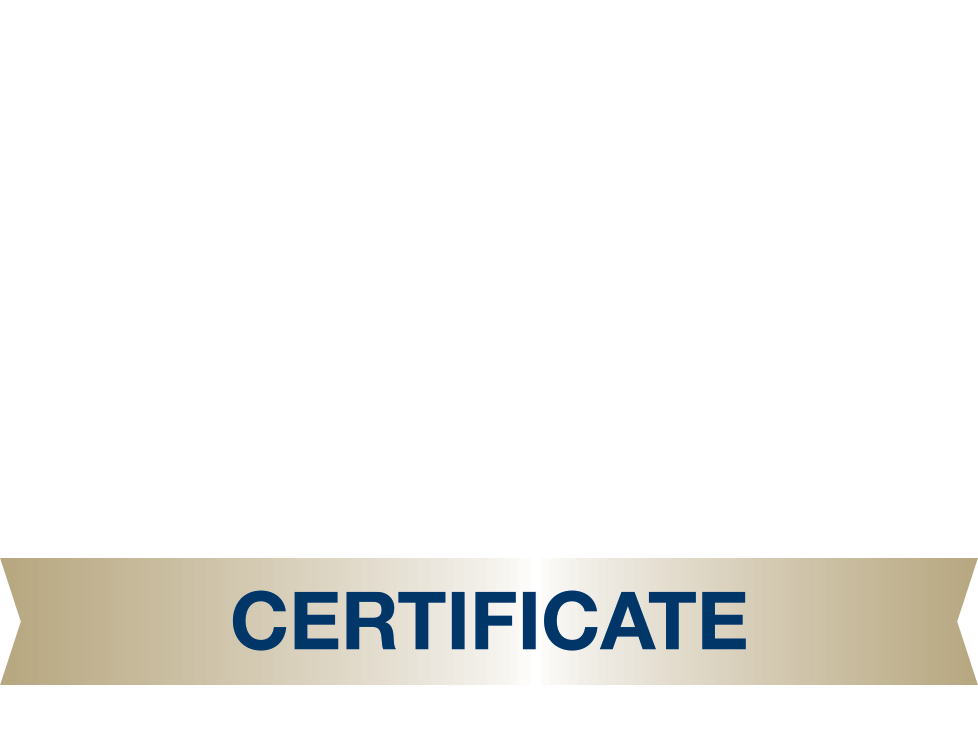
The SECURE Act 2.0 was a major change in legislation passed in 2022 that drastically affected many areas of retirement planning.[1] It changed rules for many aspects of financial planning concerning retirement, but some of the most important changes were that it:
- Pushed back the age of RMDs[1]
- Changed some rules for catch-up contributions[1]
- Changed some rules about access to retirement funds before you retire[1]
- Enacted some rules for automatic retirement enrollment[1]
As the SECURE Act 2.0 was put into place and examined, there were some problems implementing some of its provisions due to the way the law was worded.[2] Some key changes were made fairly recently to ensure that essential provisions would work as intended.[2]
The SECURE Act 2.0 Drafting Error
One issue with the SECURE Act 2.0 was that, because of a drafting error in the proposed changes, catch-up contributions after 2024 would not be possible.[2] Thankfully, the IRS released a notice on August 25th announcing the change would be pushed to 2026, and the bill was updated so that there was no contradictory language.[3]
For context, the SECURE Act 2.0 changed the catch-up contribution rules as such: If you are between the ages of 60-63 in 2025, you will be able to make up to $10,000 in catch-up contributions.[4] Also, starting in 2026, if you make more than $145,000, your catch-up contributions must be made using after-tax dollars (on a “Roth” basis, in other words).[4] Originally, the SECURE Act 2.0 was going to implement that change in 2024, but because of problems with enacting the rule, the IRS pushed back the date of implementation to 2026.[4]
What are catch-up contributions, you ask? Individuals age 50 or older are allowed to make additional contributions to their retirement accounts called “catch-up contributions.”[5] The idea is that many people earn the most during this phase of their lives, and this law can allow them to “catch up” if they didn’t make enough contributions to their retirement when they were younger. However, even if you aren’t in this situation, all individuals who are at least 50 years old can make catch-up contributions.
As you can see, the retirement planning process is a complicated one. Even lawmakers make mistakes when it comes to sorting out retirement! If you are looking for someone to guide you through the process of designing a retirement plan that factors in changes like these in a way that caters to your needs, consider reaching out to one of our professionals today for a complimentary review of your finances.
[1] https://www.investopedia.com/secure-2-0-definition-5225115
[2] https://www.thinkadvisor.com/2023/01/24/secure-2-0-drafting-error-threatens-catch-up-contributions/
[3]https://www.irs.gov/newsroom/irs-announces-administrative-transition-period-for-new-roth-catch-up-requirement-catch-up-contributions-still-permitted-after-2023#:~:text=The%20notice%20also%20clarifies%20that,catch%2Dup%20contributions%20after%202023.
[4] https://www.fidelity.com/learning-center/personal-finance/secure-act-2
[5] https://www.irs.gov/retirement-plans/plan-participant-employee/retirement-topics-catch-up-contributions#:~:text=More%20In%20Retirement%20Plans&text=Individuals%20who%20are%20age%2050,a%20SIMPLE%20401(k))





